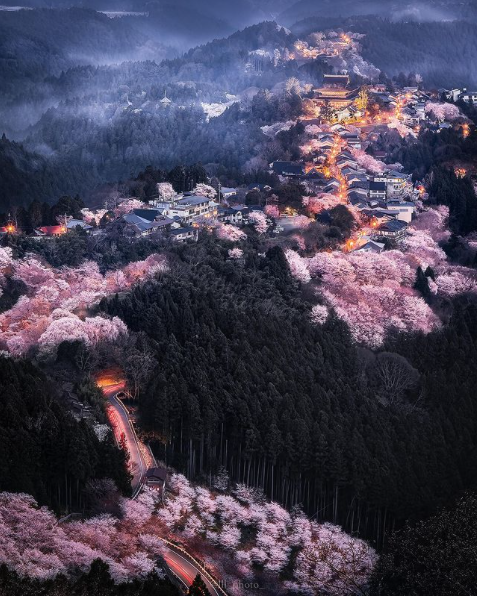Apart from my Japan Fulbright experience in 2005 I had read little about Japan until many years later when Patricia Vining brought this book to me from her book club:
Hitching Rides with Buddha by Will Ferguson
We decided to read this book to one another whence it came clear to each of us a growing calling to visit the places and come to know the people Mr. Ferguson wrote of in it’s passages.
Within 3 weeks of meeting her I left for Okayama on a quest to find my mother’s cousins and walk the land my grandparents Jotaro and Taka Ishihara Kobayakawa walked before coming to America.
Returning from Japan we continued our reading enchantment with the people populating Ferguson’s travel as he followed the Sakura Zensen. Here are a few of his words to better tell the story.
To quote from the author's encounter with Mr. Nak:
"Every day I die.
And every morning I am reborn.
Everyday is a lifetime."
The cherry blossoms sweep north each spring, a gentle wave, the Sakura Zensen.
“Every spring, a wave of flowers sweeps across Japan. It begins in Okinawa and rolls from island to island to mainland. It hits at Cape Sara and moves north, cresting as it goes, to the very tip of distant Hokkaido, where it scatters and falls into a northern sea.”
They call it Sakura Zensen – the “Cherry Blossom Front” and it’s advance is tracked with the seriousness usually reserved for armies on the march. Progress reports are given nightly on the news and elaborate maps are prepared to show the front lines, the back lines, and the percentage of blossoms in anyone area. “In Shimabara today they reported 37% full blossoms”
Nowhere on earth does spring arrive as dramatically as it does in Japan. When the cherry blossoms hit, they hit like a hurricane. Gnarled cherry trees, ignored for most of the year, burst into bloom like fountains turned suddenly on.
The coming of the Sakura marks the end of winter. It also marks the start of the school year and the closing of the business cycle. It is a hectic time, a time of final exams and productivity reports. Budgets have to be finalized, account settled, work finished. Karōshi, (death by overwork)
April 2, 2016 Tsuyama Castle
Photo: Toby Manzanares
So enchanted with it people, Patricia and I are planning our fourth trip to Japan, this time to see how the fall season is celebrated among it's nature loving people.


